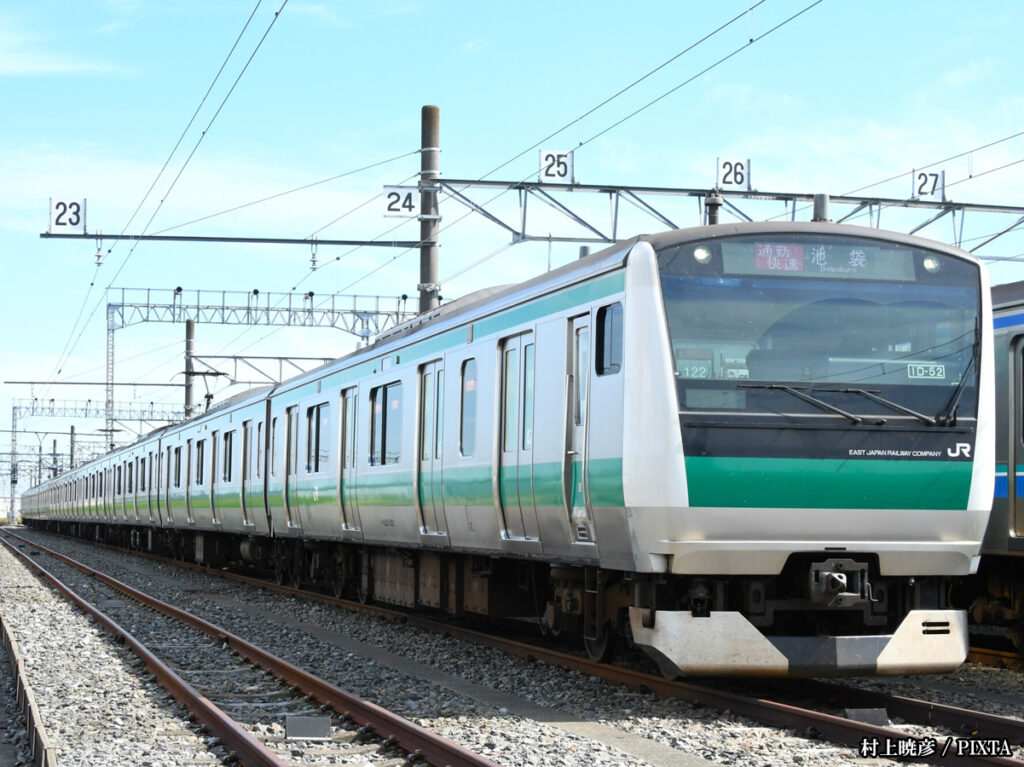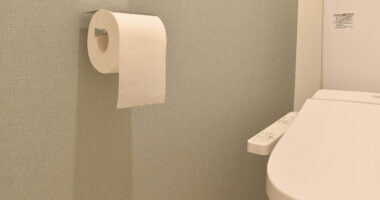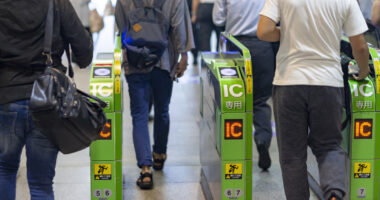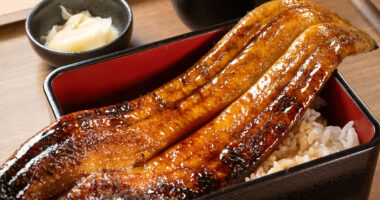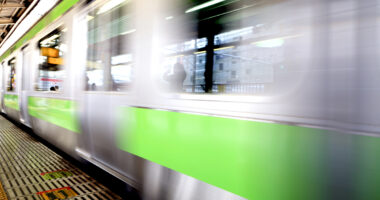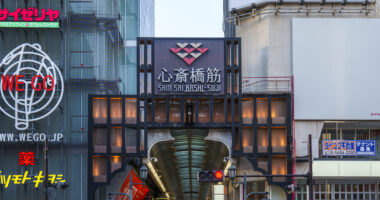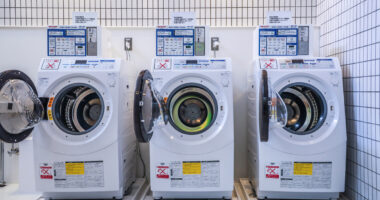If you’re staying in Tokyo and looking for an easy side trip, Saitama Prefecture might be the perfect destination. Located just north of the capital, it’s home to charming historical districts, peaceful natural spots, and unique cultural attractions. The best part? It’s surprisingly accessible by train.
This guide breaks down the most convenient rail routes to Saitama from Tokyo’s main stations so you can travel with confidence, even if it’s your first time navigating Japan’s rail system.
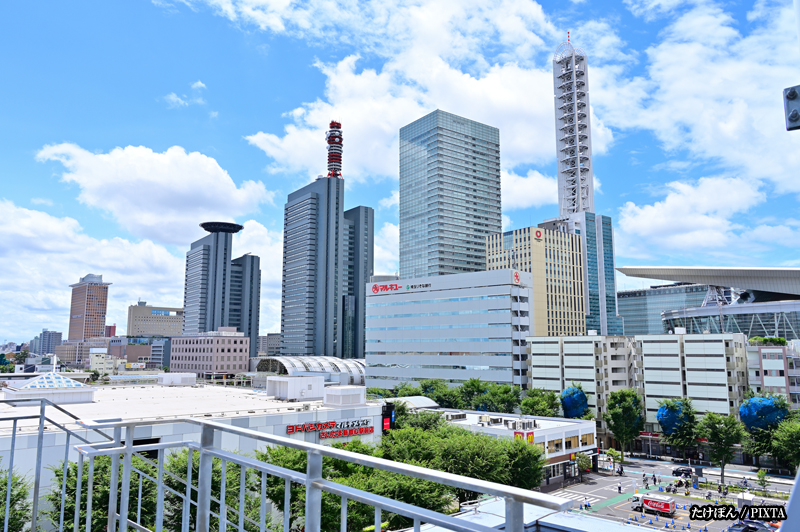
Photo for illustrative purposes
Why visit Saitama from Tokyo?
Before diving into routes, here’s a quick look at some of Saitama’s most visited spots for tourists:
- Kawagoe:
Nicknamed “Little Edo,” this preserved merchant town is known for its historic storehouses and traditional sweets. - Chichibu:
A mountainous area filled with shrines, hiking trails, and home to one of Japan’s most famous winter festivals. - Ōmiya:
A modern hub with the popular Railway Museum, a bonsai garden and museum, and great connections to other cities.
How to get to Kawagoe from Tokyo
Kawagoe is one of the most popular day trip destinations from Tokyo, and you have two convenient rail options.
Option 1: Tobu Tojo Line
- From: Ikebukuro Station
- To: Kawagoe Station or Kawagoeshi Station
- Time: Approx. 30–35 minutes (best-case around 30 minutes)
- Fare: 490 JPY (IC card: 481 JPY)
- Pros: Direct, frequent trains, fastest and cheapest route
Notes: Local, semi-express, and express trains are available. No reservation needed.
Option 2: JR Saikyo Line / Kawagoe Line
- From: Shinjuku, Shibuya, or Ikebukuro
- To: Kawagoe Station
- Time: Fastest approx. 45-60 minutes
- Fare: 680-860 JPY
- Pros: Covered by the Japan Rail Pass
Notes: Slightly longer but more useful if you’re starting from western Tokyo.
Tip: Kawagoe Station (JR/Tobu) and Kawagoeshi Station (Tobu) are about a 12–15-minute walk apart. Hon-Kawagoe Station (Seibu) and Kawagoeshi Station are roughly a 5-minute walk apart. Either one works for sightseeing.
How to get to Chichibu from Tokyo
For a nature-focused escape, head to Chichibu in western Saitama. The scenery changes as the train moves into mountainous areas—ideal for spring blossoms or autumn leaves.
Route: Seibu Chichibu Line
- From: Ikebukuro Station
- To: Seibu-Chichibu Station
- Time: approx. 80-90 minutes
- Fare: 800 JPY (IC card: 796 JPY)
- Pros: The Limited Express “Laview” offers a scenic and comfortable ride, with large windows and premium seating that elevate the travel experience.
Notes: A limited express ticket is required in addition to the base fare.
Tip: From Seibu-Chichibu Station, it’s less than a 15-minute walk to Chichibu Shrine and other key sights.
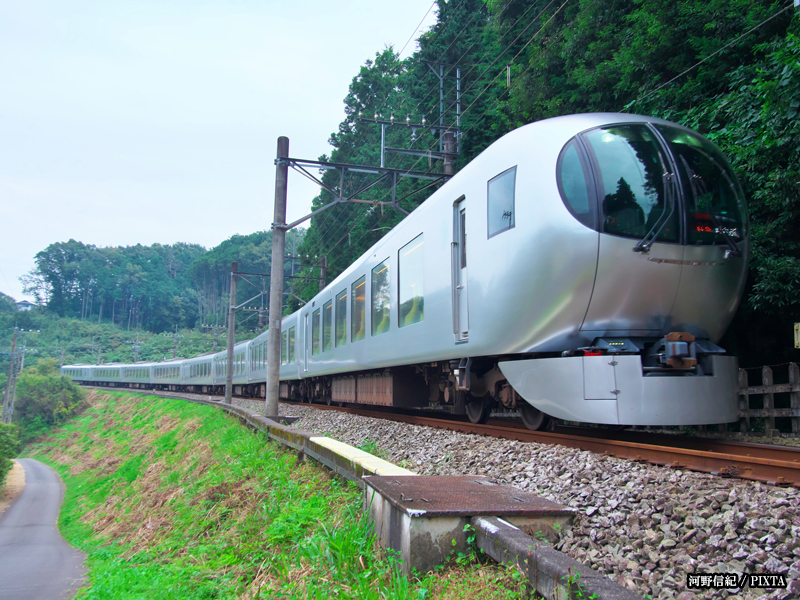
Photo for illustrative purposes
How to get to Ōmiya from Tokyo
Omiya is the closest of the three cities, and also one of the easiest to reach. It’s a great base for museums and a starting point for travel deeper into the prefecture.
Option 1: JR Takasaki, Ueno-Tokyo or Utsunomiya Lines
- From: Ueno or Tokyo Station
- To: Omiya Station
- Time: approx. 30 minutes
- Fare: 490 JPY (IC card: 483 JPY) to 580 JPY (IC card: 571 JPY)
- Pros: Direct, fast, covered by IC cards and rail passes
Option 2: Shinkansen (if already covered by pass)
- From: Tokyo or Ueno Station
- To: Omiya Station
- Time: 20-25 minutes
- Fare: 1,670 JPY (unreserved seat)
- Pros: Fastest way, but unnecessary if using local trains
Notes: Not worth the extra cost unless you already have a Japan Rail Pass
Tip: From Ōmiya Station, take the Saitama New Urban Transit ‘New Shuttle’ one stop to Tetsudō-Hakubutsukan Station; from there it’s a 1-minute walk to the Railway Museum.
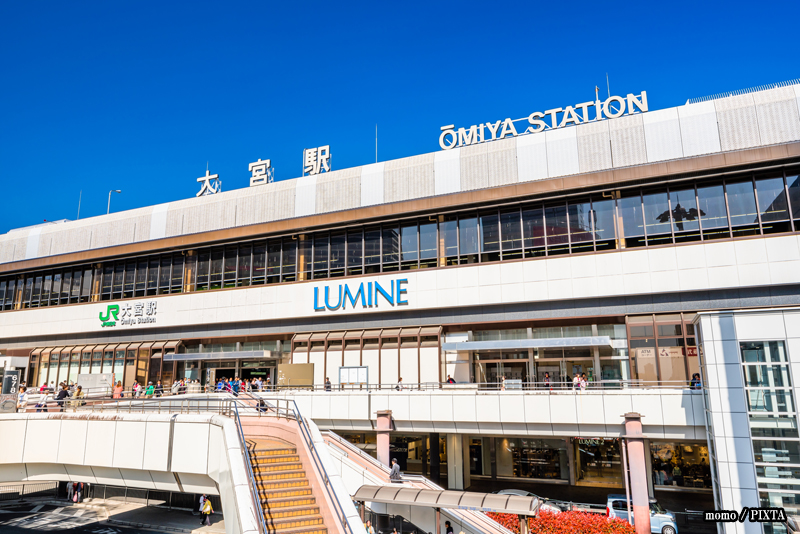
Photo for illustrative purposes
Comparing train lines: JR vs. Seibu vs. Tobu
Each railway company has different strengths. Here’s how they stack up for visiting Saitama:
| Line | Areas covered | Pros | Things to note |
|---|---|---|---|
| JR (Japan Rail) | Omiya, Kawagoe | Covered by JR Pass, frequent service | Slightly higher fares, some indirect routes |
| Seibu Railway | Chichibu | The Limited Express Laview, mountain views | Limited seating during peak travel times |
| Tobu Railway | Kawagoe | Cheapest, direct from Ikebukuro | Not covered by the Japan Rail Pass |
Tip: If you’re only making a short trip and not using a rail pass, Tobu or Seibu lines are often cheaper and just as convenient.
Where to board in Tokyo
Depending on your destination, you’ll likely begin your journey at one of these major stations:
- Ikebukuro Station: Best for Tobu (Kawagoe) and Seibu (Chichibu) lines
- Shinjuku Station: Connects to JR lines toward Kawagoe and Omiya
- Tokyo / Ueno Station: Ideal for reaching Omiya via JR or Shinkansen
All these stations have English signage and multiple rail companies—check line names and platform maps carefully.
Tips for tickets and IC cards
Using Suica or PASMO
- All mentioned trains accept Suica and PASMO, Japan’s rechargeable IC cards.
- You can tap in/out at gates just like a metro.
- No need to buy paper tickets for one-way trips.
Buying paper tickets
- Most stations have English-language menus on their ticket machines.
- You can pay by cash or card.
- Paper tickets are ideal if you don’t have an IC card yet.
Pro Tip: If you plan to use the Limited Express (Seibu Line), you’ll need to buy a separate reserved seat ticket, even if using an IC card for base fare.
Not sure whether to get a mobile or physical Suica?
Check out our comparison: “Mobile Suica vs. Physical Suica: Which One Should Tourists Use in Japan?“
Final thoughts: train travel made simple
Getting to Saitama from Tokyo is one of the easiest and most rewarding day trips you can make. With reliable rail lines, clear signage, and affordable fares, even first-time visitors can travel with confidence.
Whether you’re seeking historical charm, peaceful nature, or hands-on cultural experiences, there’s a Saitama destination—and a train line—for you.
So don’t let uncertainty stop you from exploring beyond the capital. Just tap your IC card, hop on a train, and let the journey begin.
